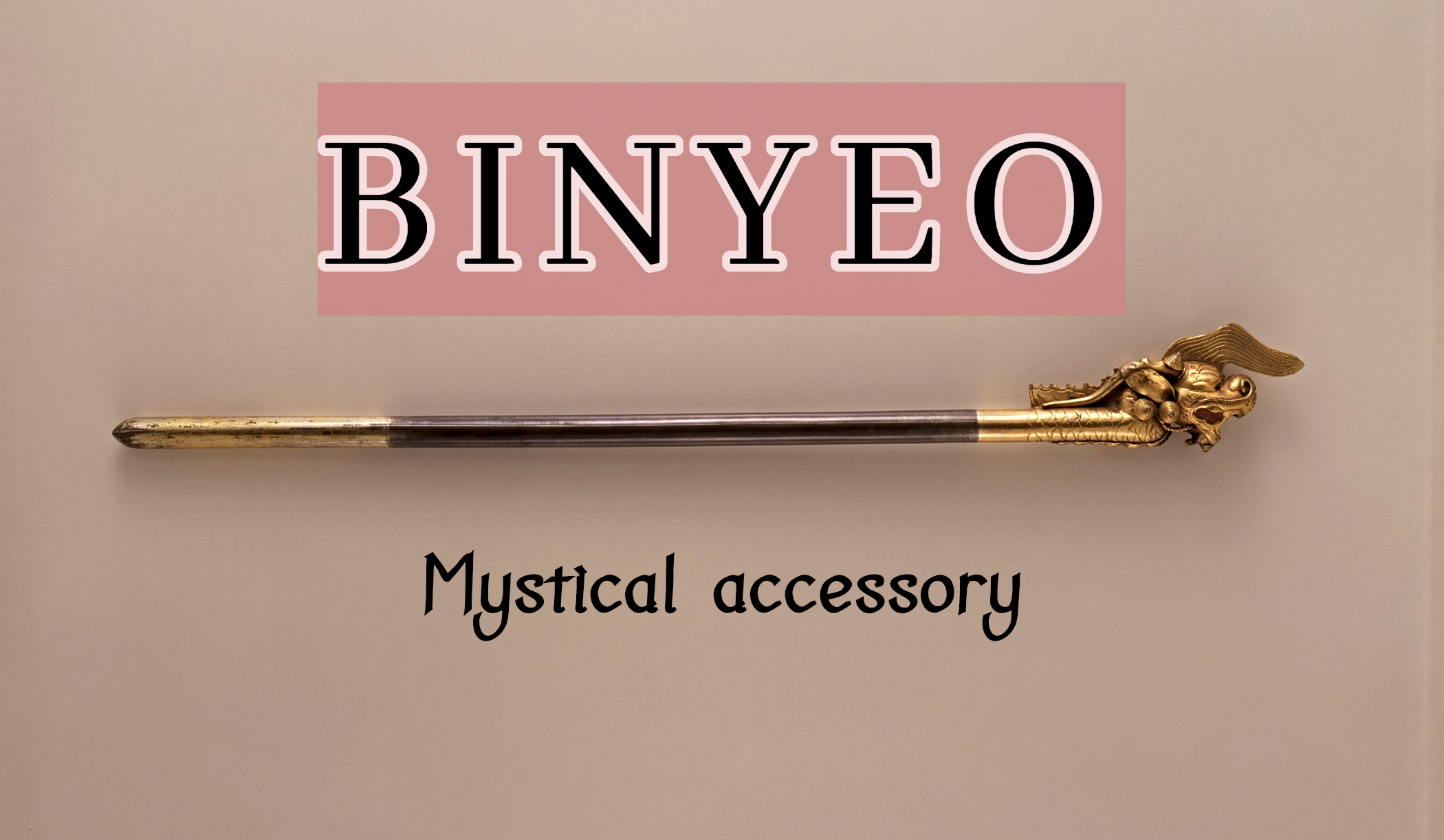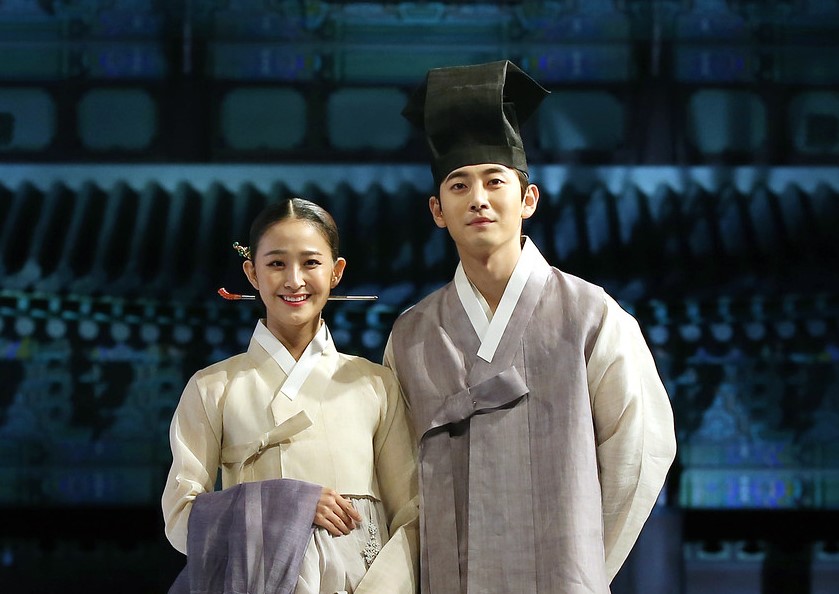- 한국어
- English
- 日本語
- 中文
- العربية
- Español
- Français
- Deutsch
- Pусский
- Tiếng Việt
- Indonesian
By Honorary Reporter Laura Lopez Velazquez from Mexico
Photo = Korean Culture and Information Service

The traditional costumes of any country are usually striking because of their colors, shapes and styles. Hair ornaments are also a good complement to these clothes, though they mostly go unnoticed. This is true for binyeo, a traditional Korean ornamental hairpin with an interesting history.
Characteristics
The binyeo is a hairpin made from a variety of materials, sizes, colors and designs. The size ranges from 0.3 cm in thickness and 5 cm in length. The largest has a thickness of 1.5 cm and length of 44 cm and is used at weddings.
The two types of binyeo are gye or jam and chae. The former has an elongated shape with a convex part at the end called jamdu. Depending on the design of the flora and fauna in a jamdu, the belief was that it could ward off evil spirits and attract wealth, fertility and longevity. On the other hand, chae is shaped like an inverted "u" (∩) and can have a decoration in its curvature.
Binyeo's materials depend on social hierarchy or occasion. In the past, Korean society's elite used binyeo made from gold, silver and jade and that of the lower class featured wood, bones or animal horns. Widows wore a black wooden binyeo.
The choice of material also followed season and purpose. For example, white and green jade was used in summer, plum blossoms, bamboo leaves and peony in spring and fall, and the Seven Treasures of Buddhism and the dragon in winter. Young women wore jade, and as they grew older, a gold binyeo expressed dignity and pride.
Uses
Since ancient times, a binyeo has been considered more than an accessory, being used in the hope of protecting people and safeguarding a family. Long ago, Koreans believed that a binyeo held a spell that captured the soul of the wearer. If a woman lost it or it was taken away from her, her fidelity and dignity were considered lost. The binyeo was also passed on from generation to generation among women.
In traditional Korean society, married women used to comb their hair and the binyeo held it down, preventing it from loosening and moving. Men also used it for the same purpose because they did not usually cut their hair at the time, only braiding it for formal occasions.
History
Records say the binyeo has been part of Korean culture since the Three Kingdoms period (57 B.C.-A.D. 668). The Silla Dynasty (57 B.C.-A.D. 935) restricted the use of ornaments since they were considered extravagant. Interestingly, the royal family was allowed to use the form of the Chinese phoenix and the dragon in a binyeo. Despite this, commoners received the opportunity to wear a dragon-shaped binyeo at weddings.

The binyeo dates back to ancient times on the Korean Peninsula (Korean Culture and Information Service)
During the Joseon Dynasty (1392-1910), women of higher social class were banned from wearing wigs, resulting in the hairpins being used more often and turning into items exclusively for women. According to ancient traditions, the binyeo was a symbol of a girl reaching adulthood. It was also a way for lovers to meet since the groom gave it to his bride as a symbol of love when they married.
The binyeo remains in use today partly thanks to the success of historical K-dramas and the continued wearing of Hanbok on special occasions.
enny0611@korea.kr
*This article is written by a Korea.net Honorary Reporter. Our group of Honorary Reporters are from all around the world, and they share with Korea.net their love and passion for all things Korean.